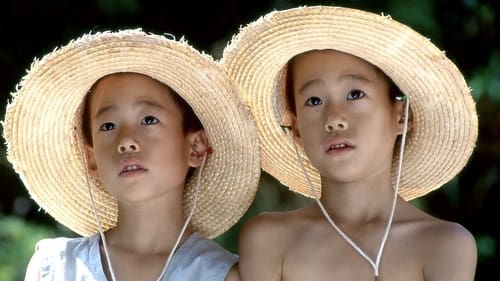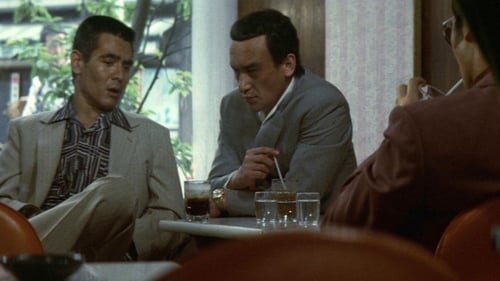
Self
Devotion investigates the extremely complex and heirarchical relationships among a committed group of Japanese filmmakers who dedicated up to 30 years of their lives making films for one man-Ogawa Shinsuke. Members of Ogawa Pro filmed the student movement of the late 60's; the fight by farmers to save their land from government confiscaton for the Narita airport at Sanrizuka; and the village life of a small farming community, Magino Village, in northern Japan. These heartbreaking and sometimes funny stories have never been told on film before. Rare footage, stills, and diaries with interviews with Oshima Nagisa, Hara Kazuo and Robert Kramer make this historical inquiry visually exciting as well as valuable.

Director of Photography
Tells of the childhood of two nine-year-old twins in a rural village in Japan after World War 2. Includes the boys relationships with their schoolteacher mother, civil servant father, elderly landlord, a rough new boy at the school, and three mysterious spirits in the form of old women.

Director of Photography
Centers on a support group for alcoholics and their families

Director of Photography
A documentary about Menda Sakae, a man who was wrongfully imprisoned for 34 years.

Director of Photography
Senso Daughters focuses on the legacy of the Japanese occupation of Papua New Guinea during the Second World War. It is a legacy that arises from rape, starvation and terror. Sekiguchi's documentary lets the residents of Papua New Guinea, especially the women, tell the story of their three years under Japanese Army rule.

Director of Photography
The Havana port of Cuba, which is the stage of the novel "old people and the sea", and Yonaguni Island, which is located on the far west end of Japan, have a similar current like the same latitude. The producer who noticed this interesting resemblance and flew to Yonaguni island for the world of "the old man and the sea". Then, he met with an old fisherman, Shigeru itoko, who took Savion fishing on the sabbani,and took a long time to capture the time spent with the old fishman.

Director of Photography
A record of the stories of patients suffering from Minamata disease, 30 years after its discovery

Director of Photography
Video version of the picture book 'Hiroshima no pika', based on the art pieces known as The Hiroshima Panels by Iri and Maruki Toshi

Director of Photography
Documentary about the illustrations of Tomiyama Taeko depicting the Chikuho coalfield, where Koreans were once imported and forced into hard labor.

Cinematography
Umitori takes place in Shimokita Peninsula on the northern edge of the mainland, which was becoming a “nuclear energy peninsula”, undergoing tremendous development and serving as the home port for Mutsu, a nuclear-powered ship. Focusing on the fishermen and their stories, Tsuchimoto and his crew made their subject matter the “theft of the sea” perpetrated by giant business conglomerates. While the fishermen of Minamata were obvious victims of the mercury-poisoning tragedy, the fishermen in Shimokita were inadvertently becoming the permanent victims of another announced tragedy. Tsuchimoto interviews the fishermen, especially focusing on a stage play actor and his boat-owner family, establishing, as it became his practice, a complex reflection about the threat brought to small communities by the forces of “progress”.

Cinematography
Portrait of Japanese youth. Produced for the Japan Foundation.

Set Decoration
昭和35年の広島市繁華街、白昼にやくざの杉原が殺される。所詮、ばくちのもつれによる殺しだが杉原は病気療養中の村岡組長の舎弟であり、彼の死で村岡組の跡目が空席となる。組の継承は組長から直盃を下ろされた者のみ資格があり順当にいけば村岡舎弟である打本昇[打本組]のはずだが、杉原の仇を討たないため周囲から推されずにいた。








